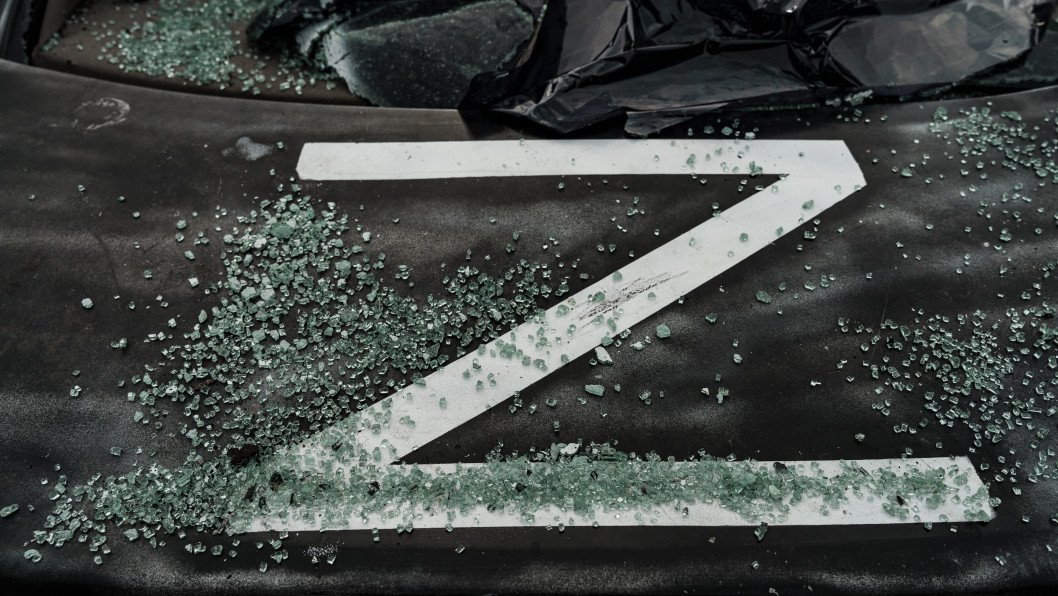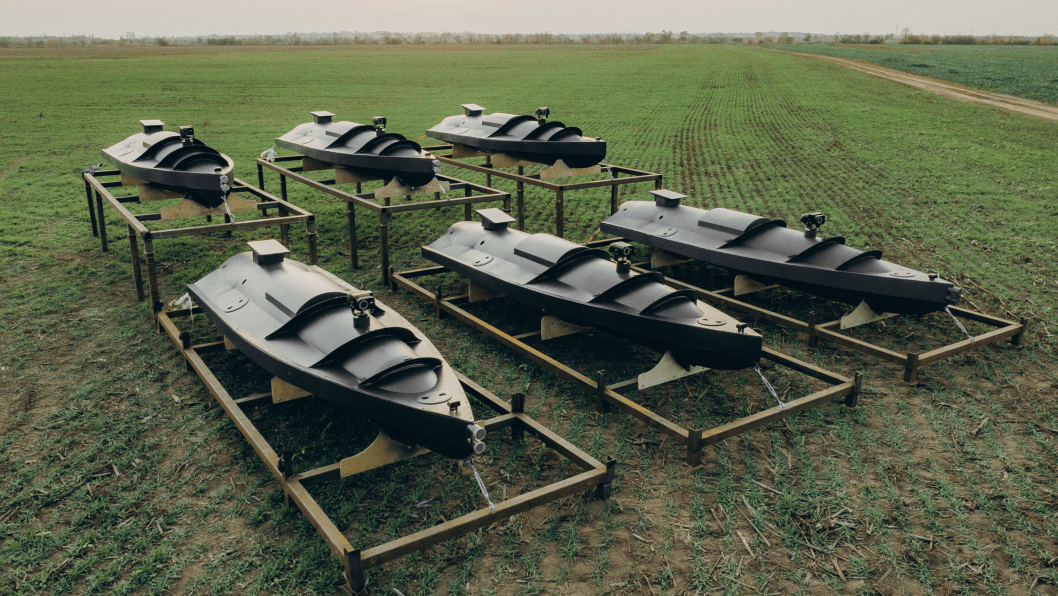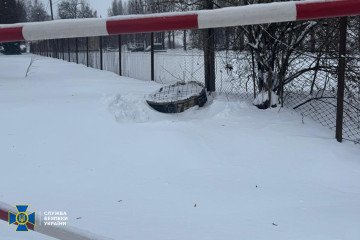- Category
- Latest news
How Russia’s $47 Anti-Drone Gear Makes Its Troops More Visible, Not Less

Russian troops attempting to hide from Ukrainian drone strikes are being betrayed by their camouflage gear, according to The Telegraph on May 25.
The Russian military has been issuing soldiers with specialized coats and thermal blankets intended to shield them from detection by night vision and infrared sensors. But instead of keeping them safe, the equipment is making them even more visible on the battlefield.
“These are no invisibility cloaks,” said Hamish de Bretton-Gordon, a former British Army colonel and chemical weapons expert. “In fact, because of the contrast, it makes them more acquirable than less.”
Rather than effectively concealing body heat, the poorly designed garments create dark cold spots that stand out starkly against warmer surroundings when viewed through thermal imaging—turning soldiers into easy targets for Ukrainian drones.
In the video above you can see Ukrainian thermal blankets, produced for the Ukrainian Armed Forces.
Ukrainian forces, often deploying drones operated by special forces or intelligence units, combine real-time thermal imaging with precise targeting capabilities. These tools allow them to locate and eliminate enemy positions even at night, neutralizing attempts at concealment.
In one recent incident near Lyman, Russian soldiers approaching Ukrainian positions—specifically the 63rd Mechanized Brigade—wearing the so-called “anti-drone cloaks” draped over their shoulders. Ukrainian FPV drones quickly descended on them.
“The funny occupiers in the Lyman region… put on anti-drone raincoats and thought that now they are safe,” the brigade commented after the attack.
Another Russian assault group was equipped with higher-quality thermal blankets but still failed to use them effectively. Arms, legs, and even heads were seen protruding from beneath the covers, giving away their positions.
“There have been instances of incompetence by Russian personnel who clearly do not understand how to use their equipment,” said Nick Reynolds, a land warfare analyst at the Royal United Services Institute (RUSI).

The flawed equipment and insufficient training underscore how difficult it is to remain undetected in modern warfare.
“It does highlight how difficult it is to hide on today’s battlefield,” de Bretton-Gordon said. “They need to cover their whole bodies.”
Some of the thermal suits available to Russian soldiers retail online for as little as $47. They are typically made from multi-layered materials—polymers, microfibers, and fabrics embedded with metallic particles—and weigh about 2.5 kilograms. However, their effectiveness remains questionable.
Earlier, Ukrainian defense technology company Unwave unveiled its latest development in electronic warfare (EW): the PATELNYA-2K/3K, a portable system designed to counter unmanned aerial vehicles (UAVs) used by Russian forces to deploy explosive devices against infantry.





-c7e404a9e4f9a58be58f17788e1c0433.jpg)
-72b63a4e0c8c475ad81fe3eed3f63729.jpeg)
